Nine Steps to Building a Wooden TV Stand
Building your own wooden TV stand can be an incredibly rewarding project, transforming your living space while showcasing your DIY skills. Not only does it allow you to customize the design to fit your personal style, but it also offers the satisfaction of creating something functional from scratch. In this article, we’ll walk you through a detailed, step-by-step guide to constructing a wooden TV stand. From planning your design to the final assembly, we’ll cover essential materials, tools, and techniques to help you create a stylish and practical piece of furniture. So, roll up your sleeves, and let’s get started on this exciting journey!
The first step in building your wooden TV stand is to plan your design. Grab a piece of paper and a pencil, and start sketching out your ideas. Consider the dimensions of your TV and the space where the stand will reside. Are you going for a modern look, or something more rustic? This step is crucial because it sets the tone for your entire project. Think about the number of shelves you want, the height and width of the stand, and any special features like cable management or additional storage. Remember, a well-thought-out design not only enhances functionality but also ensures that your final product will seamlessly integrate into your living space.
Once you have a design in mind, it’s time to gather all the necessary materials. You’ll need various types of wood, screws, and possibly some finishes to bring your vision to life. Popular choices for TV stands include pine, oak, and maple, each offering unique aesthetics and durability. Understanding the properties of each material will help you choose the best options for your project. For instance, if you’re looking for a sturdy yet affordable option, pine might be your best bet. Additionally, don’t forget to consider the type of finish you want—stain, paint, or varnish can all dramatically alter the appearance of your stand.
Before diving into construction, ensure you have all the necessary tools at your disposal. Here’s a quick list of essential tools you’ll need:
- Saw - For cutting wood to the desired lengths.
- Drill - To make holes for screws and other hardware.
- Sander - For smoothing surfaces and edges.
- Measuring tape - To ensure accuracy in your cuts.
- Square - For checking right angles.
Having the right tools will streamline the building process and ensure accurate cuts and finishes throughout your project. If you’re missing any tools, consider borrowing them or renting from a local hardware store.
Now comes one of the most important parts: measuring and cutting your wood. Accuracy is key here, as even a small mistake can throw off the entire project. Use your measuring tape to mark the wood according to your design, and double-check your measurements before making any cuts. A square will help you ensure that your cuts are straight and true. Take your time with this step; precision will pay off later when you’re assembling the frame of your TV stand.
With your pieces cut to size, it’s time to start assembling the frame of your TV stand. Using screws and wood glue will create a sturdy structure that can support the weight of your television and other components. Begin by attaching the side panels to the bottom panel, ensuring everything is square. This is where your earlier measurements will really come into play. Remember, a strong foundation is crucial for a functional piece of furniture!
Once the frame is secure, it’s time to incorporate shelves and supports according to your design. These additions enhance functionality, providing space for media devices, decorative items, and even books. Depending on your design, you might want to add adjustable shelves for versatility. Ensure that all shelves are level and securely attached to maintain balance and stability in the overall structure.
After assembly, it’s time to make your TV stand look its best. Sanding the surfaces is essential for a smooth finish. Start with a coarser grit sandpaper and gradually move to a finer grit for a polished look. Once you’re satisfied with the smoothness, consider applying a stain or paint to enhance the wood’s natural beauty. Not only does this step add aesthetic appeal, but it also protects the wood from wear and tear, ensuring your stand lasts for years to come.
With your stand sanded and finished, it’s time to install any necessary hardware. This includes hinges for doors, drawer pulls, or even decorative accents. Proper hardware installation not only improves functionality but also adds a polished look to your completed TV stand. Take your time with this step; the right hardware can elevate the entire project.
Finally, complete the final assembly of your TV stand. Ensure all components are securely attached, and double-check for any loose screws. Once everything is in place, carefully position your stand in your desired location. Make sure it’s level and stable for use. Now, step back and admire your handiwork! You’ve just built a beautiful wooden TV stand that perfectly fits your style and needs.
Q: How long does it take to build a wooden TV stand?
A: The time it takes can vary based on your skill level and the complexity of your design, but generally, you can expect to spend a weekend on the project.
Q: What type of wood is best for a TV stand?
A: It depends on your preferences, but popular choices include pine for affordability, oak for durability, and maple for a refined look.
Q: Do I need advanced carpentry skills to build a TV stand?
A: Not necessarily! Basic woodworking skills and a willingness to learn will get you through this project.
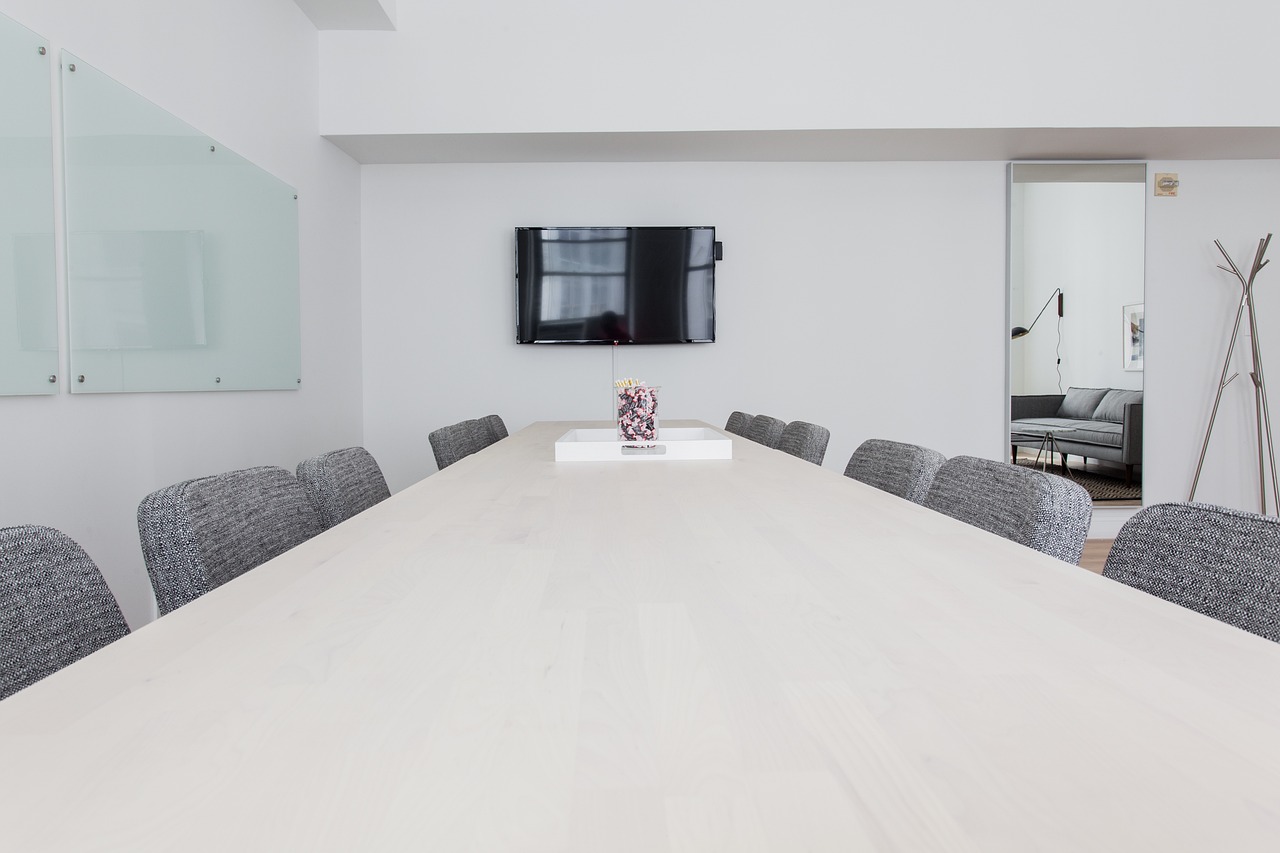
Step 1: Planning Your Design
This article outlines a step-by-step guide to constructing a wooden TV stand, covering essential materials, tools, and techniques to create a functional and stylish piece of furniture for your living space.
When it comes to building your own wooden TV stand, the very first step is arguably the most exciting one: planning your design. This is where your creativity can truly shine! Grab a piece of paper and a pencil, or even better, use a design software if you're tech-savvy. Sketch out your vision—think about the dimensions, the style, and how it will fit into your living space. Are you going for a sleek modern look, a rustic farmhouse vibe, or something entirely unique? Your design should not only reflect your personal taste but also cater to the practical needs of your living area.
Consider the dimensions of your TV and the space where the stand will reside. You don’t want to end up with a stand that’s too small to support your television or too large that it overwhelms the room. A good rule of thumb is to have the center of your TV at eye level when you’re seated. If you have a sectional sofa, measure the height from the seat to ensure a comfortable viewing experience. Here’s a simple formula to help you:
| TV Size (inches) | Recommended Stand Height (inches) |
|---|---|
| 32" | 24"-30" |
| 40" | 28"-34" |
| 50" | 30"-36" |
| 60" | 32"-38" |
Next, think about the functionality of your TV stand. Will it house just the television, or do you need space for gaming consoles, DVD players, or even decorative items? If you’re a movie buff or a gamer, consider incorporating shelves or compartments specifically designed for your devices. You might also want to think about cable management—nobody likes a tangled mess of wires ruining the aesthetic of their new stand!
After you’ve sketched your design and considered the dimensions and functionality, it’s time to finalize your plans. Make a list of all the features you want to include, such as:
- Number of shelves
- Cabinet doors or open shelving
- Drawer space for remote controls and accessories
- Material preferences (e.g., oak, pine, plywood)
With all these factors in mind, you’re now ready to move on to the next step—gathering your materials. Remember, a well-planned design is the backbone of your project and will save you time and frustration down the line. So take your time here, and let your imagination run wild!
Q: How do I determine the right height for my TV stand?
A: The center of your TV should ideally be at eye level when you're seated. Measure the height from your couch to find the perfect height for your stand.
Q: What type of wood should I use for my TV stand?
A: It depends on your budget and style preference. Hardwoods like oak or maple are durable and attractive, while softer woods like pine are more affordable and easier to work with.
Q: How can I ensure my TV stand is stable?
A: Make sure to use strong joints, screws, and wood glue when assembling the frame. Adding a back panel can also increase stability.
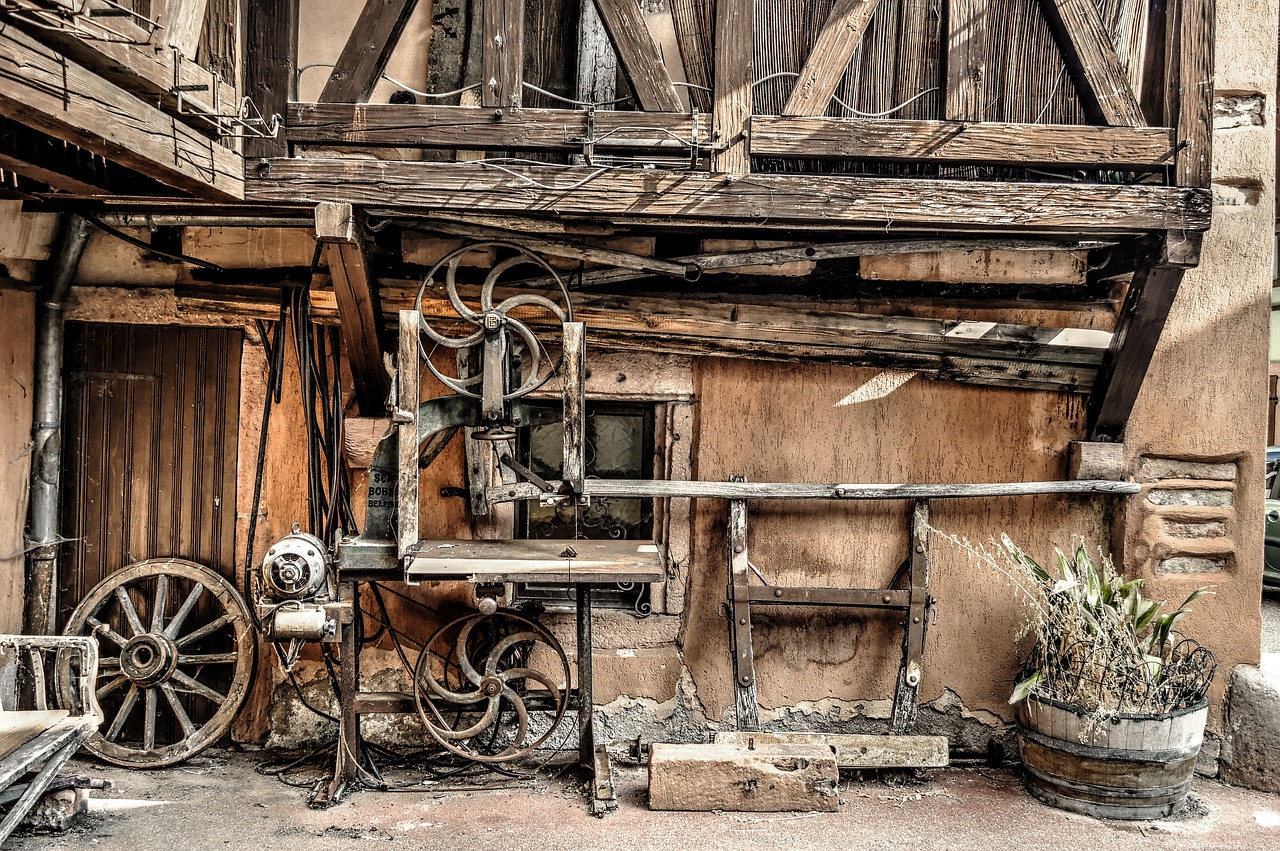
Step 2: Gathering Materials
Now that you’ve got your design in mind, it’s time to dive into the exciting part: gathering materials! This step is crucial because the quality of your materials will directly impact the durability and aesthetic of your TV stand. Think of it like cooking; you wouldn’t want to whip up a gourmet meal with subpar ingredients, right? So, let’s ensure we’re picking the best for our project.
First off, you’ll want to choose the right type of wood. Common choices for a TV stand include pine, oak, and maple. Each type of wood has its unique characteristics:
| Wood Type | Durability | Aesthetic |
|---|---|---|
| Pine | Moderate | Light color, knots add character |
| Oak | High | Rich grain, sturdy |
| Maple | High | Fine grain, smooth finish |
Once you’ve chosen your wood, you’ll need to gather some essential supplies:
- Screws: Opt for wood screws that are appropriate for the thickness of your wood.
- Wood glue: This will help reinforce your joints and add stability.
- Finish: Depending on your style, you might want a stain or paint to enhance the wood’s appearance.
Don’t forget about the tools you’ll need to handle these materials effectively. A saw for cutting, a drill for making holes, and a sander for smoothing surfaces are just a few essentials. It’s similar to how a chef needs the right utensils to create a masterpiece. Having the right tools will make your life a whole lot easier!
Finally, consider the hardware you might need, such as hinges for cabinet doors, drawer pulls, and any brackets for added support. The right hardware not only enhances functionality but also adds a touch of flair to your finished product. Think of it as the seasoning that brings your dish to life!
In summary, gathering materials is not just about collecting wood and screws; it’s about choosing the right components that will help you create a stunning and functional piece of furniture. So take your time, do your research, and make sure you have everything you need before moving on to the next step. Your future self will thank you!
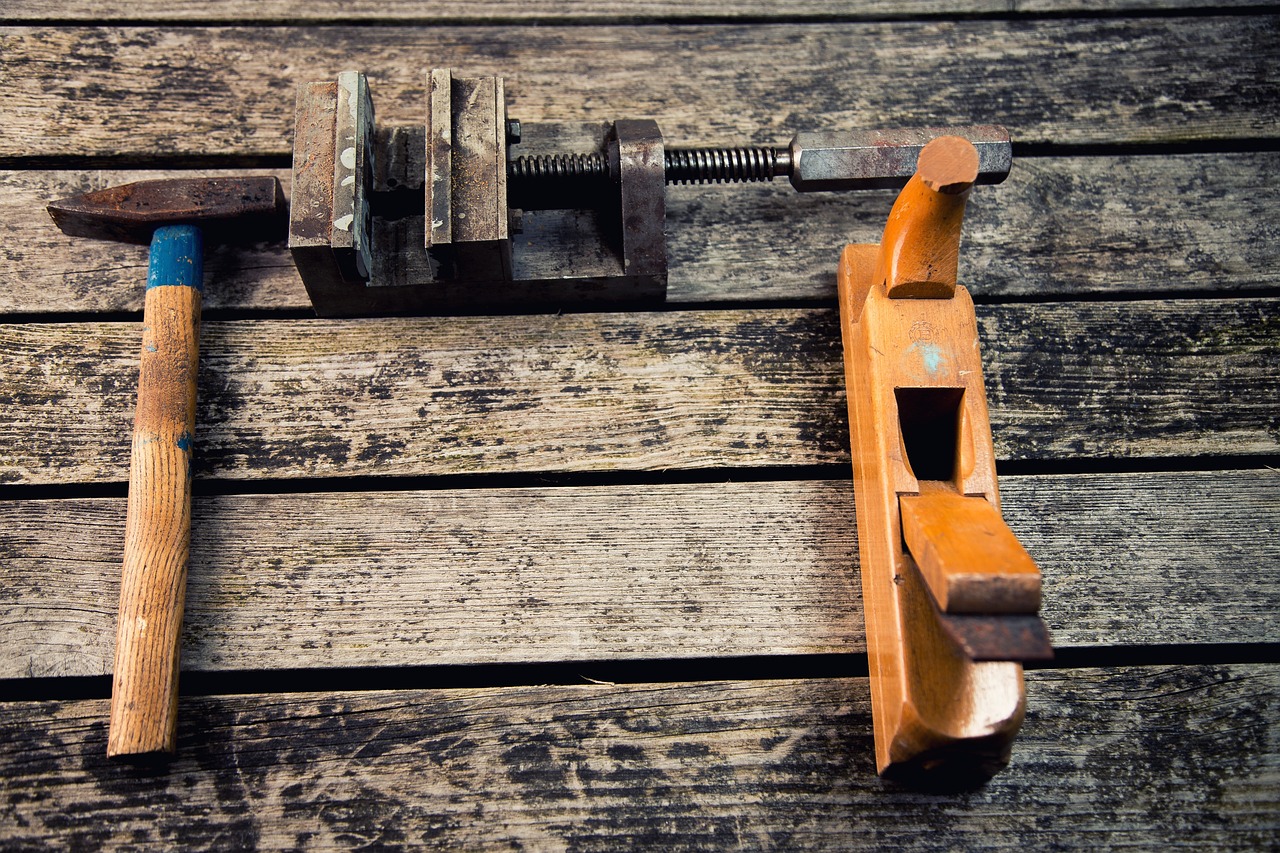
Step 3: Tools You Will Need
This article outlines a step-by-step guide to constructing a wooden TV stand, covering essential materials, tools, and techniques to create a functional and stylish piece of furniture for your living space.
Begin by sketching your TV stand design, considering dimensions and style. This step ensures your final product fits your space and meets your aesthetic preferences, laying the foundation for a successful build.
Collect all necessary materials, including wood types, screws, and finishes. Understanding the properties of each material will help you choose the best options for durability and appearance in your TV stand project.
When embarking on the adventure of building your own wooden TV stand, having the right tools is as crucial as having the right ingredients for a recipe. Imagine trying to bake a cake without a mixer or measuring cups; it just wouldn’t turn out the same! Similarly, a well-equipped workshop will make your building process smoother and more enjoyable.
Here are some essential tools that you will need:
- Measuring Tape: To ensure that every piece of wood is cut to the correct length.
- Square: This tool helps to check your corners and ensure everything is at a perfect right angle.
- Saw: A circular saw or miter saw will be your best friends when it comes to cutting wood. Choose based on the type of cuts you need to make.
- Drill: A power drill is essential for making holes for screws and for assembling your stand.
- Sander: A sander will help smooth out rough edges and surfaces, giving your TV stand a polished look.
- Clamps: These will hold your pieces together while the glue dries, ensuring a strong bond.
Each of these tools plays a pivotal role in the construction of your TV stand. For instance, the measuring tape and square are your precision allies, ensuring that each cut is accurate and that your stand will be sturdy and well-fitted. The saw, on the other hand, is your powerhouse, transforming raw lumber into the pieces you need. And let’s not forget the drill—without it, you’d be left with a beautiful stand that just can’t hold itself together!
Before you start, make sure to familiarize yourself with each tool. Read the manuals if necessary, and practice using them on scrap wood. This will not only boost your confidence but also ensure safety during the actual construction. Remember, a well-prepared builder is a successful builder!
Accurate measuring and cutting are crucial for a professional-looking TV stand. Use a measuring tape and square to ensure precision, and follow your design closely to achieve the desired dimensions and fit.
Start assembling the frame of your TV stand using screws and wood glue. This step is vital for creating a sturdy structure that will support the weight of your television and other components.
Incorporate shelves and supports according to your design. This addition enhances functionality, providing space for media devices and decorative items while ensuring stability and balance in the overall structure.
Sanding the surfaces of your TV stand is essential for a smooth finish. Choose appropriate sandpaper grits, and consider applying stains or paints to enhance the wood's natural beauty and protect it from wear.
Install any necessary hardware, such as hinges, drawer pulls, or cabinet doors. Proper hardware installation not only improves functionality but also adds a polished look to your completed TV stand.
Complete the final assembly of your TV stand, ensuring all components are securely attached. Once assembled, carefully place the stand in your desired location, ensuring it is level and stable for use.
Q: What type of wood is best for a TV stand?
A: Hardwoods like oak or maple are excellent choices for durability, while softwoods like pine can be more affordable and easier to work with.
Q: How do I ensure my TV stand is stable?
A: Make sure to use proper joinery techniques and secure all components tightly. Adding weight to the bottom shelves can also enhance stability.
Q: Can I customize my TV stand design?
A: Absolutely! Personalizing your design to fit your style and needs is one of the most rewarding aspects of building your own furniture.
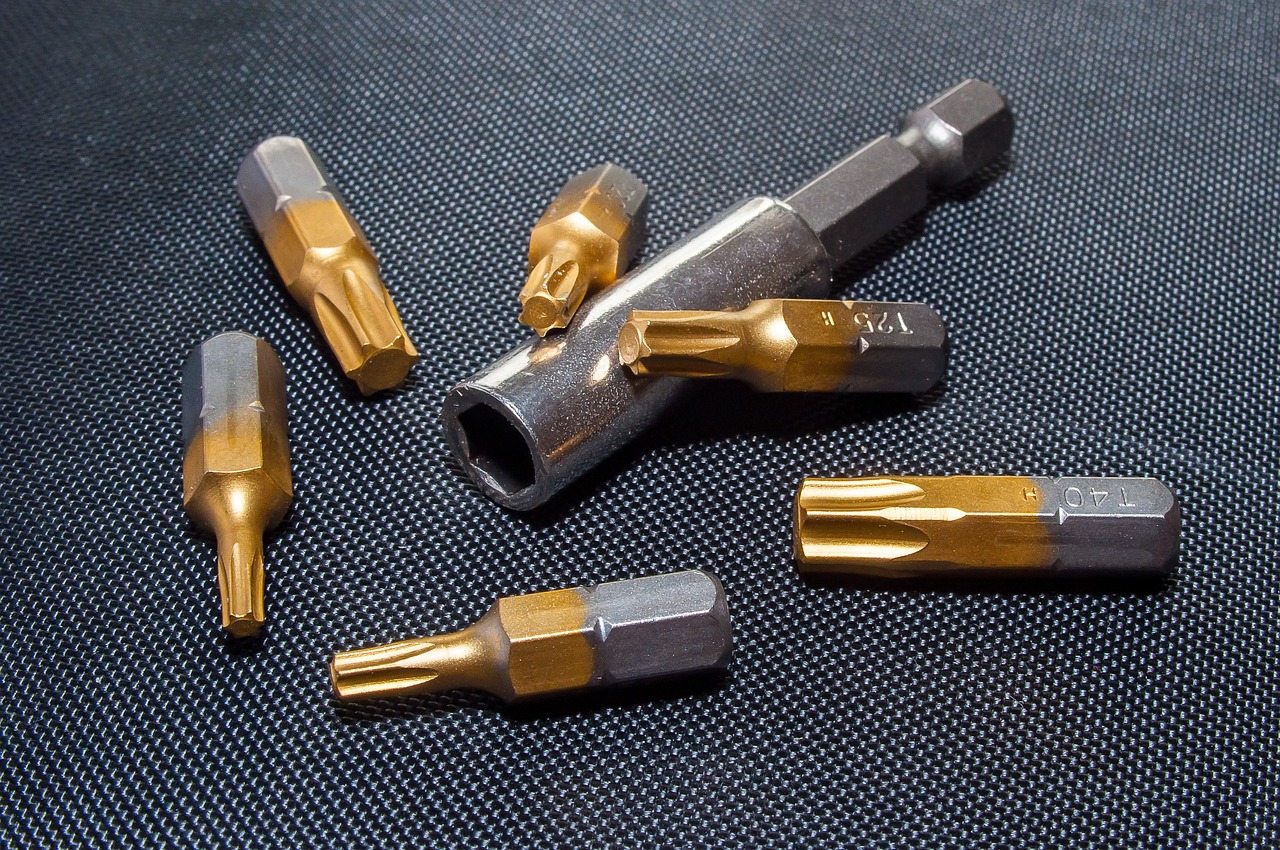
Step 4: Measuring and Cutting
When it comes to building your wooden TV stand, measuring and cutting are the two most critical steps that can make or break your project. Imagine trying to fit a square peg into a round hole; that’s essentially what happens if your measurements are off. So, grab your measuring tape and let’s dive into the nitty-gritty of how to get this right!
First off, always start with a solid plan. Refer back to your design sketch and double-check the dimensions. You want to ensure that the height, width, and depth of your TV stand fit your space perfectly. Consider your television size and the components you plan to place on the stand. A good rule of thumb is to leave some space around your TV for ventilation and to avoid a cramped look.
Next, it's time to measure your wood pieces. Use a measuring tape for accurate readings and a carpenter's square to ensure your angles are straight. Here’s a quick checklist of what to measure:
- Length of the top surface
- Height of the stand
- Depth for the shelves
- Height and width of any compartments
Once you’ve got all your measurements down, it’s cutting time! Use a circular saw or a miter saw for clean, straight cuts. Always remember the mantra: “measure twice, cut once.” This will save you from the frustration of wasted materials and time. When cutting, hold the wood securely and follow the marked lines carefully. If you’re feeling adventurous, you can even experiment with decorative cuts for a unique flair.
After cutting, take a moment to sand the edges of your wood pieces. This not only makes them safer to handle but also prepares them for a smooth assembly later on. Use a sandpaper with a finer grit for a polished finish. The goal is to make sure that no splinters or rough edges will ruin the aesthetic of your beautiful new TV stand.
In summary, measuring and cutting may seem straightforward, but they require attention to detail and a steady hand. By following these steps, you’ll be on your way to creating a stunning piece of furniture that fits your living space perfectly. Remember, the better your measurements and cuts, the more professional your final product will look. So, take your time and enjoy the process!

Step 5: Assembling the Frame
Now that you've meticulously cut all your pieces to size, it's time to bring them together and start assembling the frame of your wooden TV stand. Think of this step as the skeleton of your project; without a solid frame, everything else will be shaky and unstable. So, let’s dive into the nitty-gritty of assembly!
First, gather all your cut pieces and lay them out according to your design. This will give you a clear visual of how everything will fit together. It’s like putting together a puzzle; each piece has its place, and you want to make sure they align perfectly. You’ll typically need:
- Two side panels
- A top panel
- A bottom panel
- Multiple shelves (if your design includes them)
To start assembling, take your side panels and attach the top panel using wood screws and wood glue. Applying glue not only strengthens the joints but also provides a bit of wiggle room while you’re aligning everything. Use a power drill to drive in the screws, ensuring they are flush with the wood surface. This attention to detail will pay off when you sand and finish your stand later.
Next, secure the bottom panel in the same manner. This is where you’ll want to check for square; use a carpenter's square to ensure that the frame is perfectly aligned. If the frame is out of square, it can lead to a wobbly stand that could tip over. Once you’re satisfied with the alignment, it’s time to attach any shelves you’ve planned. Make sure to place them at the right height to accommodate your devices, like gaming consoles or DVD players.
As you assemble, keep in mind the weight that your TV stand will need to support. The frame should be robust enough to handle the load. If your design includes additional supports or braces, now is the time to install them. These will add extra stability and prevent any sagging over time. Remember, a well-constructed frame is the backbone of your TV stand, so don’t rush this step!
Finally, double-check all your connections and ensure everything is tight and secure. You might want to let the glue dry for a few hours before moving on to the next step. Think of it as allowing your masterpiece to rest before it takes center stage in your living room. With the frame assembled, you're one step closer to creating a beautiful and functional piece of furniture!
Q: What type of wood is best for building a TV stand?
A: Common choices include plywood, pine, and oak. Plywood is affordable and stable, while oak offers durability and a beautiful finish.
Q: How long does it take to assemble the frame?
A: Depending on your skill level and the complexity of your design, assembling the frame can take anywhere from 1 to 3 hours.
Q: Do I need special tools for assembly?
A: A basic toolkit with a drill, screwdriver, and measuring tape will suffice. However, having clamps can help hold pieces together while the glue dries.
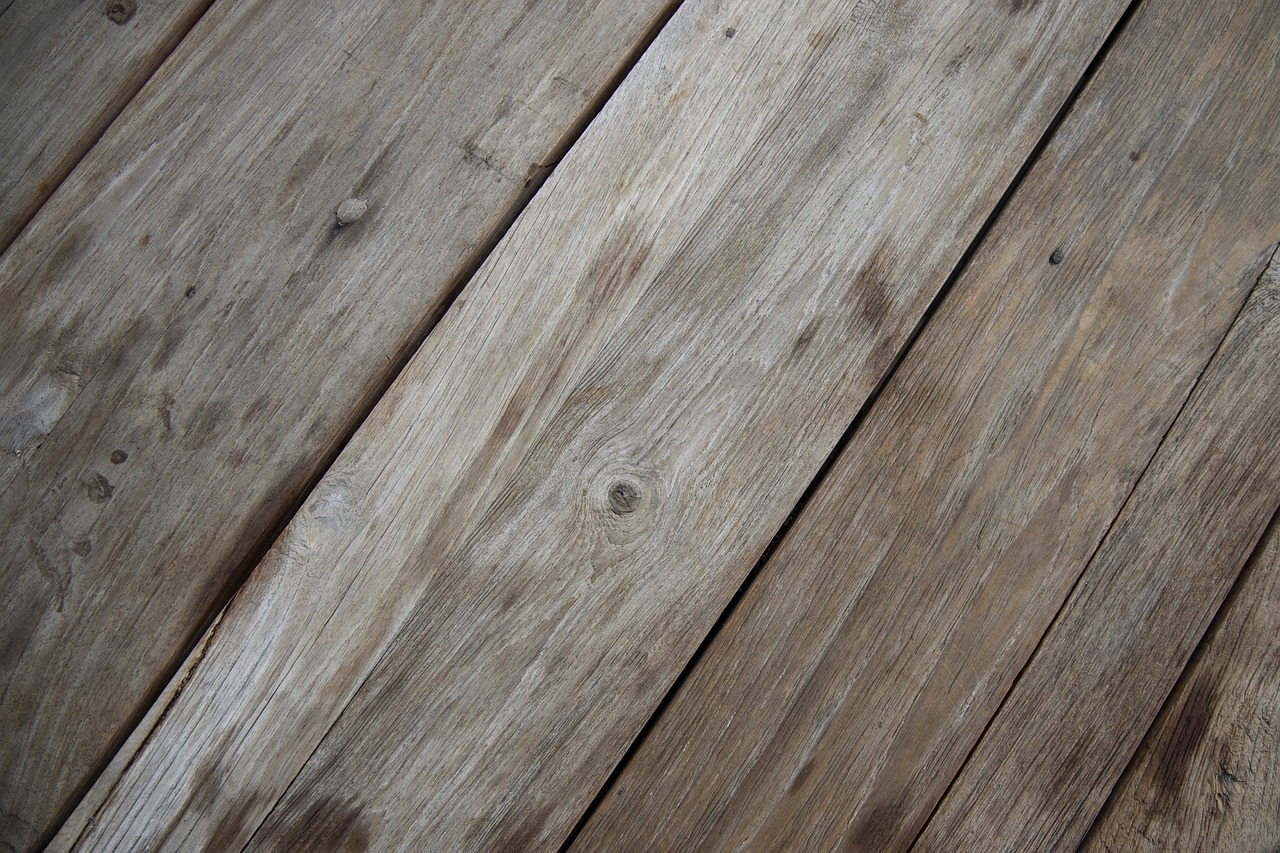
Step 6: Adding Shelves and Supports
Now that you’ve built a sturdy frame for your TV stand, it’s time to take it to the next level by adding shelves and supports. This is where your creativity can really shine! Think about how you plan to use your TV stand. Do you have a collection of DVDs, gaming consoles, or perhaps some decorative items that you want to showcase? This step is crucial because it not only enhances the functionality of your stand but also contributes to its overall aesthetic appeal.
When deciding on the number and placement of shelves, consider the dimensions of the items you plan to store. For instance, if you're housing a large sound system or multiple gaming consoles, you might want to opt for wider and deeper shelves. On the other hand, if you're simply displaying decorative pieces, you might prefer narrower shelves that allow for more open space. You can even customize the height of each shelf to accommodate various items. A good rule of thumb is to leave at least 12-15 inches of space for larger devices, while smaller items can fit comfortably on shelves spaced closer together.
Once you’ve mapped out your design, it’s time to get to work. Here’s a quick overview of how to incorporate shelves and supports:
- Measure Twice, Cut Once: Just like with the frame, accurate measurements are vital. Use a measuring tape to determine where each shelf will be placed.
- Use Proper Supports: Depending on the weight of the items you’ll be placing on the shelves, you may need to add additional supports. Consider using brackets or dowels for added stability.
- Securely Attach Shelves: Once your supports are in place, attach the shelves using screws or wood glue. Ensure everything is level and secure to avoid any mishaps later.
To give you a clearer picture, here’s a simple table outlining some common shelf materials and their properties:
| Material | Weight Capacity | Finish Options |
|---|---|---|
| Plywood | Up to 50 lbs | Stained, Painted, Natural |
| Solid Wood | Up to 100 lbs | Stained, Varnished, Painted |
| Particle Board | Up to 30 lbs | Melamine, Veneer |
Incorporating shelves not only provides practical storage but also allows you to display your personality through your choice of items. Think of your TV stand as a canvas; the shelves are the brush strokes that complete your masterpiece. Once you’ve added the shelves and supports, step back and admire your work. You’re one step closer to having a beautiful and functional TV stand!
Q: How do I determine the right height for my shelves?
A: Consider the size of the items you plan to place on the shelves. A good starting point is to leave 12-15 inches between shelves for larger devices, while smaller items can fit in tighter spaces.
Q: What materials are best for shelves?
A: Plywood, solid wood, and particle board are popular choices. Solid wood is the strongest, while plywood offers a good balance of durability and weight capacity.
Q: Can I adjust the height of the shelves later?
A: Yes, if you use adjustable brackets or dowels, you can easily change the height of your shelves as needed.

Step 7: Sanding and Finishing
This article outlines a step-by-step guide to constructing a wooden TV stand, covering essential materials, tools, and techniques to create a functional and stylish piece of furniture for your living space.
Begin by sketching your TV stand design, considering dimensions and style. This step ensures your final product fits your space and meets your aesthetic preferences, laying the foundation for a successful build.
Collect all necessary materials, including wood types, screws, and finishes. Understanding the properties of each material will help you choose the best options for durability and appearance in your TV stand project.
Identify essential tools required for construction, such as saws, drills, and sanders. Having the right tools on hand will streamline the building process and ensure accurate cuts and finishes throughout the project.
Accurate measuring and cutting are crucial for a professional-looking TV stand. Use a measuring tape and square to ensure precision, and follow your design closely to achieve the desired dimensions and fit.
Start assembling the frame of your TV stand using screws and wood glue. This step is vital for creating a sturdy structure that will support the weight of your television and other components.
Incorporate shelves and supports according to your design. This addition enhances functionality, providing space for media devices and decorative items while ensuring stability and balance in the overall structure.
Sanding and finishing your wooden TV stand is where the magic happens; it transforms your project from a rough assembly of wood into a stunning piece of furniture that you'll be proud to showcase. Start by choosing the right sandpaper grits for the job. Typically, you would begin with a coarser grit, like 80 or 120, to remove any rough edges and imperfections. As you progress, switch to a finer grit, such as 220, to create a smooth surface that feels great to the touch.
When sanding, it's essential to follow the grain of the wood. Sanding against the grain can create scratches that will show through your finish, so take your time and be mindful. You can use a random orbital sander for larger surfaces, but don't forget to sand the edges and corners by hand for a more refined look. This is the stage where you can truly appreciate the beauty of the wood grain as it begins to emerge.
Once sanding is complete, it’s time for the finishing touches. This step is not just about aesthetics; it also protects your furniture. You have several options when it comes to finishes:
- Stains: These enhance the natural color of the wood while allowing the grain to show through.
- Paint: If you want a pop of color or a modern look, painting is the way to go.
- Clear Coats: These provide a protective layer without altering the wood's natural appearance.
After selecting your finish, apply it using a brush or cloth, ensuring even coverage. Depending on the product, you may need to apply multiple coats, allowing adequate drying time between each one. Remember, patience is key here! A well-finished TV stand not only looks great but will also stand the test of time, resisting wear and tear.
Install any necessary hardware, such as hinges, drawer pulls, or cabinet doors. Proper hardware installation not only improves functionality but also adds a polished look to your completed TV stand.
Complete the final assembly of your TV stand, ensuring all components are securely attached. Once assembled, carefully place the stand in your desired location, ensuring it is level and stable for use.
Q: How long does it take to build a wooden TV stand?
A: The time varies based on your skill level and the complexity of your design, but you can expect to spend anywhere from a few hours to a couple of days.
Q: What type of wood is best for a TV stand?
A: Hardwoods like oak or maple are excellent choices for durability and aesthetics, but softer woods like pine can also work well, especially for a more rustic look.
Q: Can I customize the size of my TV stand?
A: Absolutely! One of the benefits of building your own furniture is that you can tailor it to fit your specific space and needs.

Step 8: Installing Hardware
Now that you've crafted the main body of your wooden TV stand, it's time to bring it all together by installing the necessary hardware. This step is crucial because it not only enhances the functionality of your TV stand but also adds that final touch of elegance that can elevate the overall look of your furniture. Think of hardware as the jewelry of your TV stand; it can make a simple piece shine and stand out in your living space.
First, consider the types of hardware you'll need. Common hardware components include hinges for cabinet doors, drawer pulls for easy access to storage, and brackets for added support. The right choice can significantly impact both the functionality and aesthetic of your stand. For instance, sleek metal pulls can provide a modern touch, while wooden knobs might evoke a more rustic feel. When selecting hardware, keep in mind the style and finish of your TV stand to ensure everything matches harmoniously.
Before you begin the installation, it's wise to gather all your tools and hardware. Here’s a quick checklist of what you might need:
- Drill and drill bits
- Screwdriver
- Measuring tape
- Level
- Clamps (optional, but helpful)
Once you have everything ready, start by measuring where each piece of hardware will go. Precision is key—just like in cooking, a pinch too much or too little can change the outcome! Use a level to ensure that everything is straight, especially if you’re installing shelves. If you’re adding doors, make sure they’re aligned properly so they open and close smoothly. A good tip is to attach the hinges first, then hang the doors to see how they fit.
After marking your holes, drill pilot holes to prevent the wood from splitting. This is especially important for hardwoods, which can be stubborn! Once the pilot holes are in place, you can proceed to attach the hardware using screws. Be careful not to overtighten, as this can strip the holes and lead to a less secure fit.
Finally, take a step back and admire your work. The hardware should not only function well but also complement the beauty of your TV stand. If you’ve chosen decorative hardware, it should stand out without overwhelming the piece. Remember, your TV stand is a focal point in your living room, and the right hardware can make it even more inviting.
Q: How do I choose the right hardware for my TV stand?
A: Consider the overall style and finish of your TV stand. Choose hardware that complements these elements, whether it’s modern, rustic, or traditional.
Q: Can I install hardware myself, or should I hire a professional?
A: Installing hardware is a DIY-friendly task. With the right tools and a bit of patience, you can do it yourself!
Q: What if I make a mistake while installing hardware?
A: Don’t worry! If you drill a hole in the wrong spot, you can fill it with wood filler and sand it down before re-drilling. Just take your time and measure carefully.

Step 9: Final Assembly and Placement
Now that you've meticulously crafted each component of your wooden TV stand, it’s time for the grand finale: the final assembly and placement. This step is where all your hard work comes together, and it’s crucial to ensure everything fits perfectly. Start by double-checking that all parts are ready for assembly. Lay out the pieces in the order they will be joined, which will help you visualize the final product and make the assembly process smoother.
Begin by securing the frame, ensuring that all screws and wood glue have cured properly. It’s like putting together a puzzle; each piece must fit snugly to create a strong and stable structure. If you’ve opted for shelves, now is the time to install them. Make sure they are level and evenly spaced according to your design. A tip here is to use a level to check that your shelves are perfectly horizontal; this will prevent any awkward tilting that could lead to items sliding off later.
Once the frame and shelves are assembled, it’s important to give everything a final inspection. Check for any loose screws or uneven surfaces. If you notice any rough edges, take a moment to sand them down for a polished finish. This attention to detail will not only enhance the aesthetics of your TV stand but also ensure safety when handling your electronics.
After confirming that everything is secure and smooth, it’s time to place your TV stand in its new home. Choose a location that complements your living space while providing easy access to your media devices. When positioning the stand, consider the following:
- Proximity to Power Outlets: Ensure there are enough outlets for your TV and other devices.
- Viewing Height: The height of the stand should allow for comfortable viewing; ideally, the center of the TV screen should be at eye level when seated.
- Stability: Check that the stand is on a flat surface to avoid any wobbling.
Once you've found the perfect spot, carefully lift the TV stand into position. It’s a good idea to have a friend help you with this step, especially if the stand is large or heavy. After placing it, take a moment to step back and admire your handiwork. Make any minor adjustments to ensure the stand is level and aligned with your decor.
Finally, it’s time to set up your television and any other devices you plan to use. Arrange your media components on the shelves, ensuring that cables are neatly managed to avoid a tangled mess. You might want to use cable ties or even decorative boxes to keep everything organized. With everything in place, your new wooden TV stand is not just a piece of furniture; it’s a centerpiece that enhances the style and functionality of your living space.
Q1: What type of wood is best for a TV stand?
A1: The best wood for a TV stand depends on your personal preference and budget. Popular choices include oak for its durability, pine for its affordability, and walnut for its rich color and grain.
Q2: How can I ensure my TV stand is stable?
A2: Stability can be achieved by ensuring all screws are tightened, using a level to check for evenness, and placing the stand on a flat surface. Additionally, you can secure the stand to the wall for extra safety, especially if you have children or pets.
Q3: Can I customize the design of my TV stand?
A3: Absolutely! Customizing your TV stand allows you to create a piece that perfectly fits your space and style. Feel free to adjust dimensions, add unique features like drawers or cabinets, or choose a finish that complements your decor.
Frequently Asked Questions
- What type of wood should I use for my TV stand?
Choosing the right wood is crucial for both aesthetics and durability. Popular choices include oak for its strength and beautiful grain, pine for its affordability and ease of work, and birch for a smooth finish. Consider your style and budget when selecting the wood.
- Do I need special tools to build a wooden TV stand?
While you don’t need a full workshop, having some essential tools will make your project easier. A circular saw for cutting, a drill for making holes, and a sander for a smooth finish are must-haves. Investing in quality tools can save you time and ensure better results.
- How can I ensure my measurements are accurate?
Accuracy is key to a successful build! Always use a measuring tape and a square to double-check your dimensions. Measure twice and cut once—this old saying holds true! Taking your time during this step will lead to a more professional-looking final product.
- What finish should I apply to my TV stand?
The finish you choose can dramatically change the look of your TV stand. Stains can enhance the wood's natural beauty, while paints offer a pop of color. Additionally, applying a protective sealant will help guard against scratches and spills, prolonging the life of your stand.
- How do I make my TV stand stable?
Stability is vital, especially for holding a heavy TV. Ensure that the frame is assembled tightly using screws and wood glue. Adding supports and ensuring that the stand is level once placed in your desired location will also help prevent wobbling.
- Can I customize the design of my TV stand?
Absolutely! One of the best parts about building your own furniture is the ability to customize it to fit your space and style. Feel free to adjust dimensions, add unique shelving options, or incorporate decorative elements that reflect your personality.
- How long does it take to build a wooden TV stand?
The time it takes can vary based on your experience level and the complexity of your design. On average, expect to spend a few hours to a couple of days on the project. Planning ahead and working methodically will help you stay on track!



















